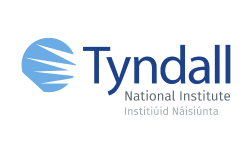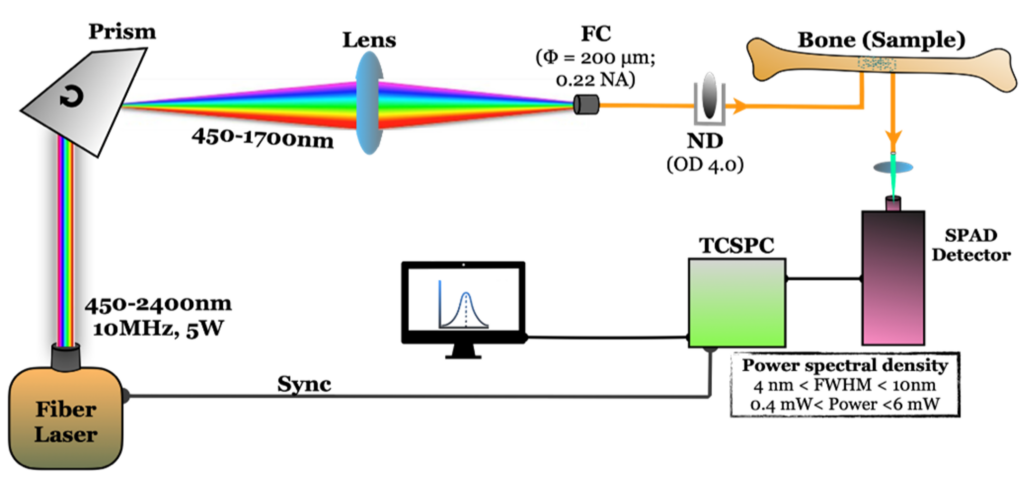Time domain diffuse optical spectrometer (450-1700 nm)
About
Time domain diffuse optical spectrometer will characterize accurately the absorption and reduced scattering of highly scattering media over 450-1700 nm.
Description
Time Domain Diffuse Optical Spectroscopy is a non-invasive optical tool to assess highly scattering media. Few examples are in vivo tissue diagnosis like bone quality assessment, brain functional monitoring, brain computer interface, non-destructive assessment of food quality, wood characterization and quality control of pharmaceutical tablets.
Technical specifications:
Wavelength Range: 450 to 1700 nm
Sample: solid or liquid scattering media
Sample size: depends on scattering properties of sample, for biological samples around 5x5x5 cm (discuss with the team).
Sources type: supercontinuum source
Detection system: single photon detector in combination with time to digital converter, Hybrid PMT, InGaAs PMT, Silicone photomultiplier (SiPM).
Optional:
Reference 1: Konugolu Venkata Sekar, S.; Lanka, P.; Farina, A.; Dalla Mora, A.; Andersson-Engels, S.; Taroni, P.; Pifferi, A. Broadband Time Domain Diffuse Optical Reflectance Spectroscopy: A Review of Systems, Methods, and Applications. Appl. Sci. 2019, 9, 5465. https://doi.org/10.3390/app9245465
Reference 2: S. Konugolu Venkata Sekar et al., “Broadband (600–1350 nm) Time-Resolved Diffuse Optical Spectrometer for Clinical Use,” in IEEE Journal of Selected Topics in Quantum Electronics, vol. 22, no. 3, pp. 406-414, May-June 2016, Art no. 7100609, doi: 10.1109/JSTQE.2015.250661
Access Provider / Facilities




